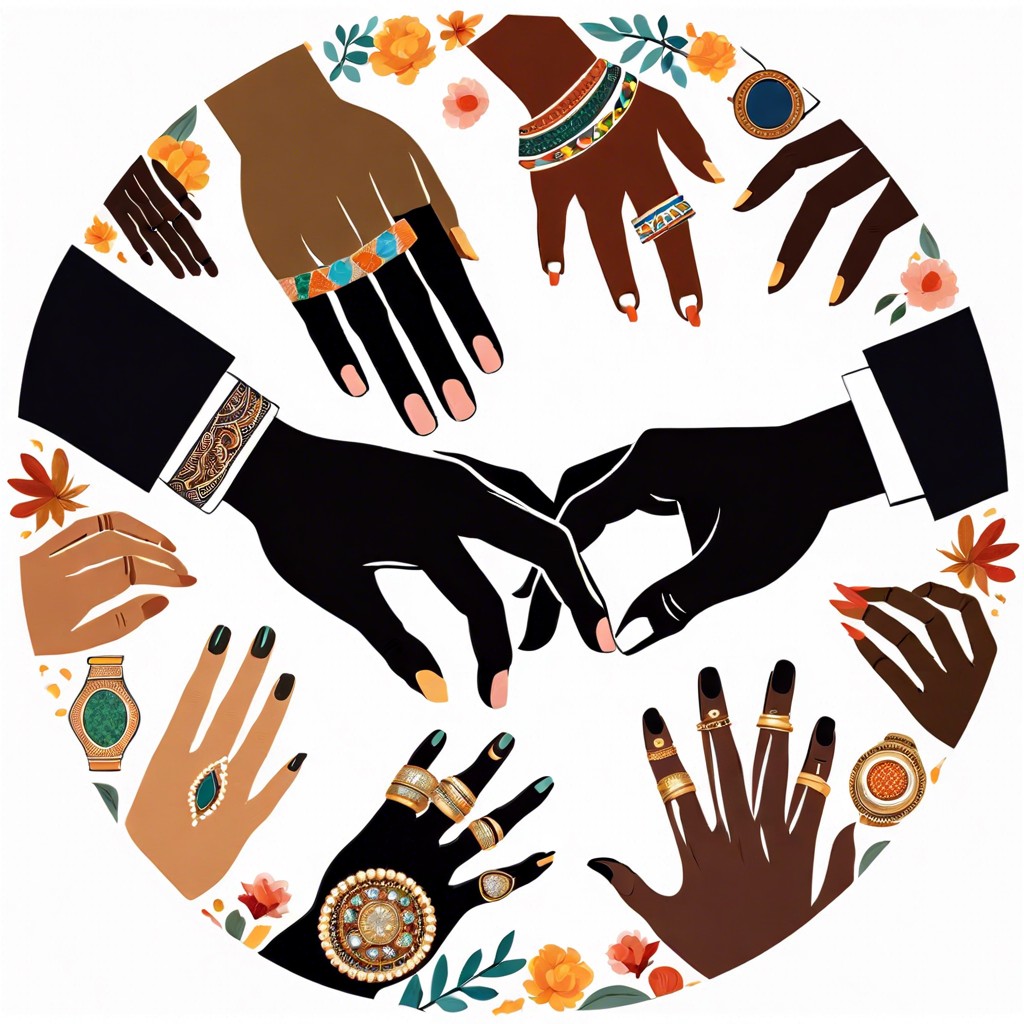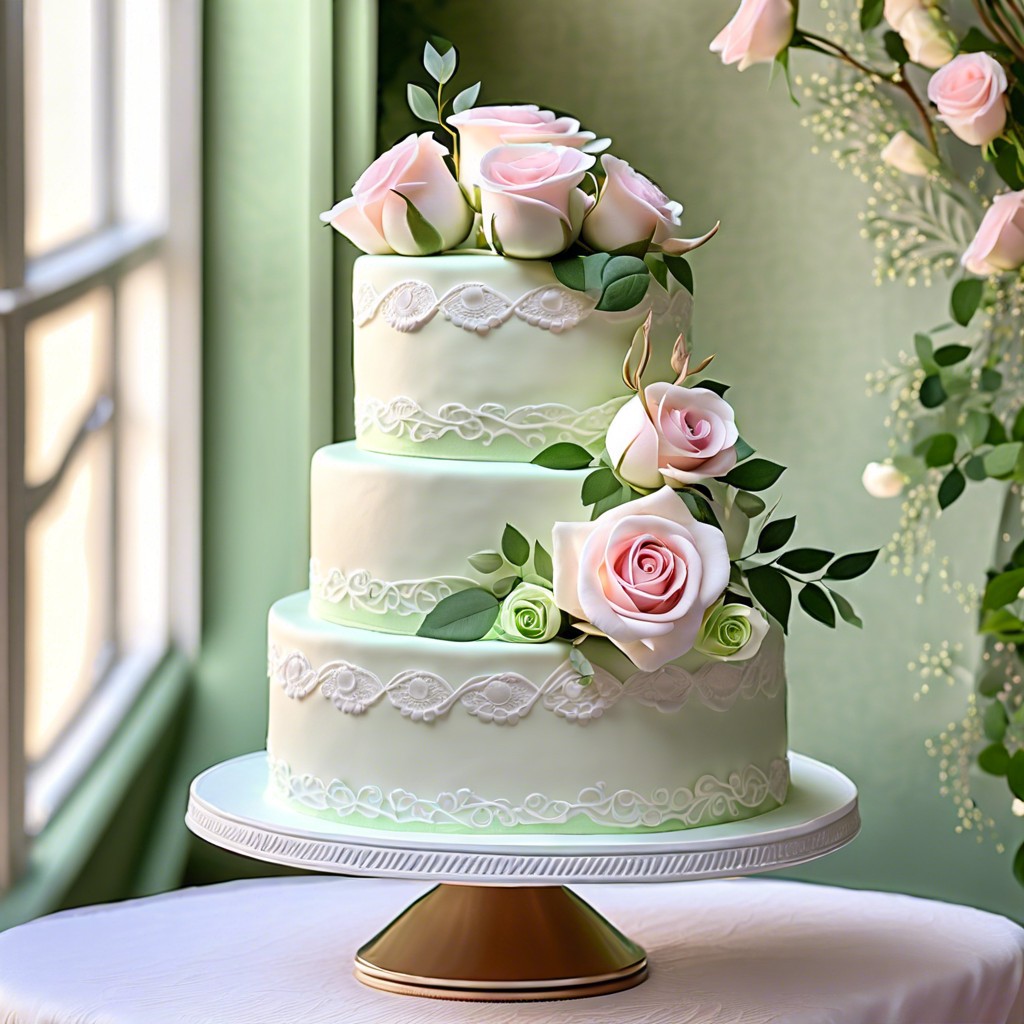In this article, you will gain accurate insights on when wedding season typically occurs and factors that influence this time period.
Key takeaways:
- Wedding season typically occurs from late spring to early fall.
- June and September are peak months for weddings.
- Regional climate and cultural norms influence wedding season.
- Pros of getting married in peak season: ideal weather, vendor availability, guest attendance, aesthetic options.
- Cons of getting married in peak season: cost, booking competition, potential for cliché, busy guest schedules.
Understanding Wedding Season

Wedding season generally refers to the most popular times of year when couples choose to get married. The concept is influenced by several factors, such as weather, holiday schedules, and cultural norms.
Typically, in many countries, this season falls during late spring through early fall, with peaks often observed in June and September. These months are favored due to the generally pleasant weather, which is conducive to outdoor ceremonies and the wide range of flowers in bloom.
Understanding when wedding season occurs can help couples to select their date and plan accordingly, keeping in mind the potential for higher demand on venues and service providers during these peak times.
A Breakdown of Wedding Season By Region
Regional climate and cultural norms significantly influence wedding season. In the United States, late spring through early fall, specifically May through October, marks the high season due to favorable weather. The pleasant temperatures and blooming nature make these months a prime choice for outdoor ceremonies.
Europe’s peak season generally aligns with that of the U.S, with a slight extension into mid-fall, capitalizing on historic venues and autumnal landscapes. However, in Mediterranean countries, early summer is preferred to avoid the intense heat of late summer months.
In contrast, countries like India, with their own climatic patterns and festive dates, see a spike in weddings from late October to March, avoiding the monsoon season and embracing auspicious dates in the Hindu calendar.
Moving down under, Australia’s wedding season is opposite to the Northern Hemisphere, peaking from November to March, their spring and summer months, when the weather is most conducive to celebrations.
The Caribbean, known for destination weddings, sees a continual flow of ceremonies but has a dip during hurricane season, from June to November, which couples tend to avoid for better peace of mind.
This regional rundown emphasizes the importance of weather and cultural factors when considering a wedding date. Understanding these preferences assists in aligning wedding plans with local peak times, ensuring a smoother planning process and a potentially more cost-effective approach.
Pros and Cons of Getting Married in Peak Wedding Season
Choosing to tie the knot during the peak wedding season comes with its share of advantages and challenges.
Pros:
- Ideal Weather: The most popular months – typically spring and early fall – offer comfortable temperatures and picturesque settings, perfect for outdoor ceremonies.
- Vendor Availability: Established service providers will have peak season down to a fine art, ensuring a smooth experience.
- Guest Attendance: With good weather and a likelihood of vacations, guests might find it easier to attend.
- Aesthetic Options: Flower availability and natural decor are at their prime, providing an array of choices for themes and color schemes.
Cons:
- Cost: High demand can lead to increased prices for venues and vendors.
- Booking Competition: Securing your preferred date, location, or service providers may be more challenging due to the popularity of peak months.
- Potential for Cliché: With so many events happening, finding unique ideas that stand out can require extra creativity.
- Busy Guest Schedules: Guests may have multiple wedding invitations in peak season, leading to possible conflicts and lower attendance.
Balancing these factors is essential in deciding whether a peak season wedding aligns with your vision and budget.
What About the Off-Season Wedding Months?
Off-season weddings can offer some unique advantages. Venues and vendors are often more available during these times, allowing for more flexibility in planning. Costs also tend to be lower due to reduced demand, which can result in significant savings for your overall wedding budget. Furthermore, you might find that off-season months provide a chance to get creative with your wedding theme and décor, often inspired by the less conventional time of year.
For guests, off-season travel can also be cheaper and less stressful. When considering an off-season wedding, research weather patterns to ensure they align with your vision, and communicate with providers about potential off-season benefits or limitations.
Personalize Your Wedding
Every couple is unique, and the beauty of personalized weddings is that they reflect the distinct personality and preferences of the couple. Here are some tips to help infuse your special day with personal touches:
1. Choose a Date That’s Special to You: Maybe you met on the 4th of July, or shared your first kiss on a crisp October evening. Consider selecting a date with significance to your relationship.
2. Incorporate Your Hobbies and Interests: If you’re both book lovers, use vintage books as centerpieces. Nature enthusiasts? Opt for an outdoor venue or botanical elements in your decor.
3. Signature Touches: Create a signature cocktail, curate a playlist of your favorite songs, or include a family recipe in your menu.
4. Personalize the Ceremony: Write your own vows or include readings that resonate with your journey together.
5. Share Your Story: Use photographs, a love story timeline, or a short video to share your story with your guests.
These elements ensure your wedding is a reflection of your journey and not just a reflection of the season.
FAQ
What months are wedding season?
The wedding season typically happens during the summer and early fall, with 43% of weddings occurring between September and November.
What are the dates for wedding season?
The majority of weddings, about 43 percent, occur from September to November, with October being the prime wedding month.
What is the month with the most weddings?
The most popular months for weddings in 2023 are September and October, each accounting for 17% of all weddings.
What season does wedding start?
Wedding season typically starts in mid-March, peaking in April, July to September, and December/January, with regional variations in North and South India.
What are the most popular times of year for destination weddings?
The most popular times of year for destination weddings are typically during the spring and fall seasons.
How does weather affect wedding season in different regions?
The weather significantly influences wedding season across different regions, with warm and dry seasons often favored for venues that are outdoor or in regions prone to cold temperatures or heavy rainfall.
Do wedding costs fluctuate based on wedding season?
Yes, wedding costs can fluctuate based on the wedding season with peak seasons generally being more expensive.



